I am a non-fiction and technical book reader at heart. Lately I have become addicted to ebooks. I like the ability to get the ebook anytime and anywhere and read it anytime I want. Recently a historical fiction hardcover book was passed to me. A book about Elizabeth 1 of England and the period in history called the Tudor dynasty.
Sometimes I like to read a good historical fiction novel and this turned out to be a good one. After I was about half way through the novel, the analytical part of me took over. This hardcover book was the ideal candidate for an ebook.
It was large and heavy. It was over 670 pages and weighed in at almost two and a half pounds.
I put down the book. I needed to see how this book appeared as an ebook. Online I went and seconds later the same book was on my Kindle. No expense spared for my blogs.
As a side note the Kindle version was $14.99. Ouch!
I started a comparison of the hardcover and the ebook. I wanted to find out what the publisher had done in the way of creating the ebook. They had made it digital okay. They did add a linked table of contents and they did put a link to their website. That was it.
The potential for so much more was there. What could they have done to make this a real ebook not just a copy of a hardcover book?
Rendering
Right up front they missed the opportunity when they listed the author’s credits. They listed several of the author’s books with no links to a buy pages. I guess they wanted me to go to the Internet and search for the other books, if I was interested. There I had the purchasing device in my hands and they missed the opportunity.
Next there was no mention of a website for the author or even better a link to that site to get the reader hooked on the author’s books. Now mind you this was not an older book that the publisher was just getting around to digitizing. This was a brand new release. I went back to the hardcover and that information was missing there also. Finally they got it right on the dust cover. There was a web address for the author.
The cover was not included in the ebook, just a title page. I don’t understand that one.
There were many historical characters referenced whose names I recognized like Sir Walter Raleigh, Sir Francis Drake, and Shakespeare. Some I had never heard of like Robert Dudley, one of the main characters in the story and in English history. This was a great opportunity to have some information in the appendix about him and many of the other fringe characters. Not done.
I am one of those readers that always is looking back in the book to try to keep up with the story. In-book links added in the rendering process can help the reader with this problem especially with a book of this size. Sorry no effort here.
How about a family tree of the Tudor dynasty? Or some background on the Spanish Armanda? Or some pictures of some of the characters? Wikipedia some great pictures on this Elizabeth and her followers. I can think of lots of thing I could do to make this a real ebook.
This book is a great read but there is little or no effort made to make it a real good ebook. If you’re going to read this book while you are traveling, you definitely want the ebook version. It is not a book that you want to read on your cell phone or blackberry. So why not go further than just a copy?
By the way for you ebook reading buffs, I am 54% done with the hardcover version. eBook Authors, you are taking notes aren’t you?
Good Examples of Rendering
First I would like to highlight a good example of how an author can use the power of in-book links during the rendering process. Bloody Omaha by biographer Garry M. Graves is a rendered ebook. His ebook had 39 pictures and illustrations in which he needed to give credit to the sources. Instead of interrupting the reading process, he linked the picture’s titles to a credit note in the appendix of the ebook. If the reader wanted to know the source of the picture, the information was just a click away.
Another example is my novel, Call Off the Dogs, a story about the Assassination of President Kennedy. This is a rendered ebook with in-book links to various terms, location descriptions and color pictures to assist the reader in enjoying and understanding the content. That additional information is also held in the appendix of the ebook so that it doesn’t interrupt the reading flow.
Another example of rendering to improve the ebook experience is the use of links in Travel Guide ebooks. So many times the ebook Guides don’t have quality links to important information. Again most of the Guides I have read are just copies of the hardcover version.
Missing the Boat
I think we are missing the boat here. Not only traditional publishers but self-publishers are falling into the same trap. Let’s get the printed version out there and follow up with a copy in an ebook format. No wonder the indie authors/publishers are getting a bad rap. And the traditional publishers must feel like that with little or no effort they can add to their bottom line.
We need to do something here. What are your ideas? Do you think new ebook author can take advantage of the ebook technology? Is a copy of the original hardcover version good enough?
Related blogs:
eBook Authors: Render Your eBooks
eBook Authors: Use The Power of Links
A Bloody eBook Conversion Project
Ebook Authors: Travel Guides are the Ultimate eBooks
View my website: HBSystems Publications
Or EMAIL at: jrm@hbspub.com
Or goto my blog: The eBook Author’s Corner
Author: Call Off The Dogs, a rendered ebook
LinkedIn Profile: James Moushon
Get an Editorial Review | Get Amazon Sales & Reviews | Get Edited | Get Beta Readers | Enter the SPR Book Awards | Other Marketing Services


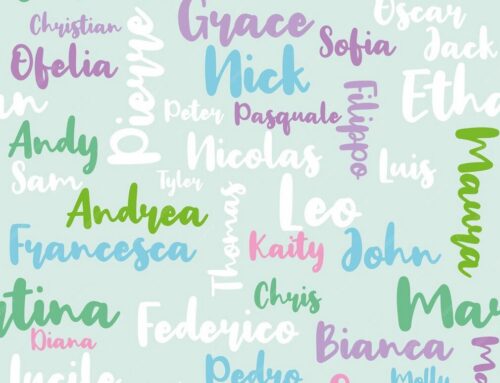
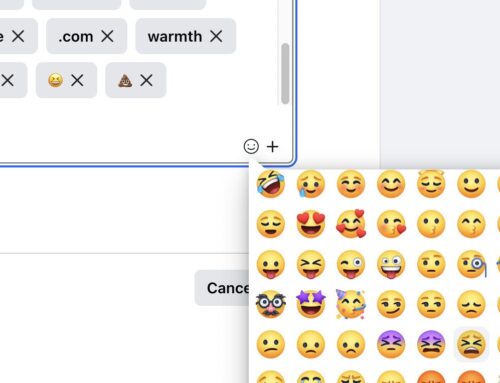


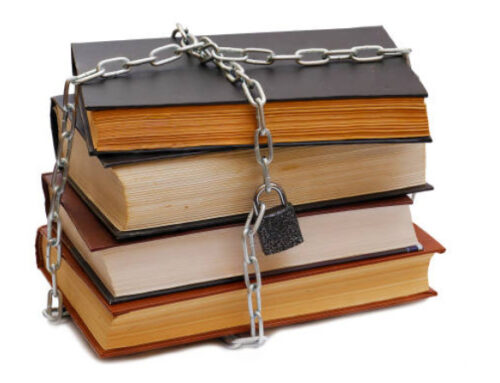
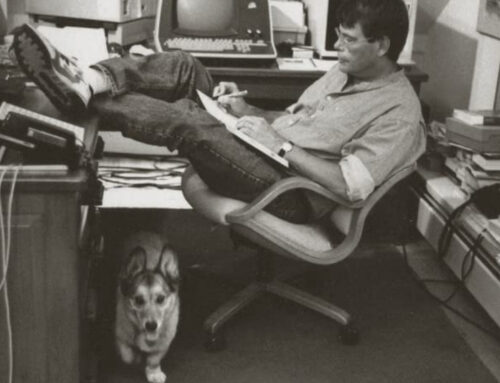


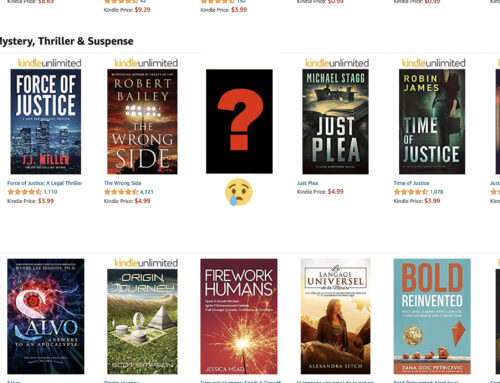
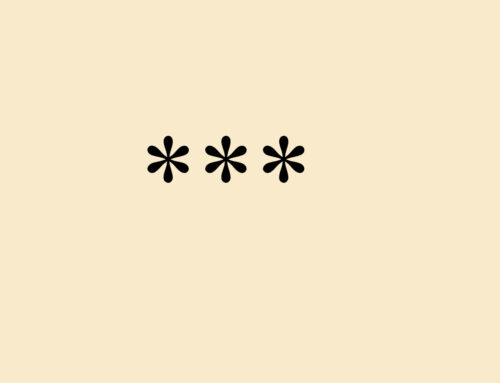
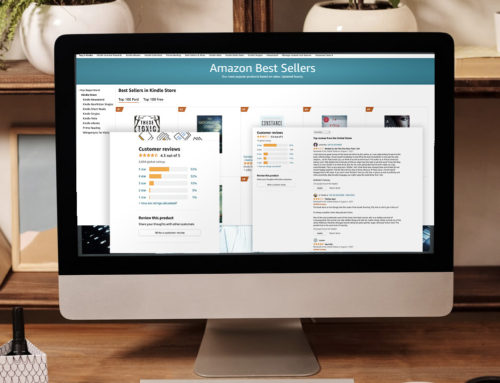




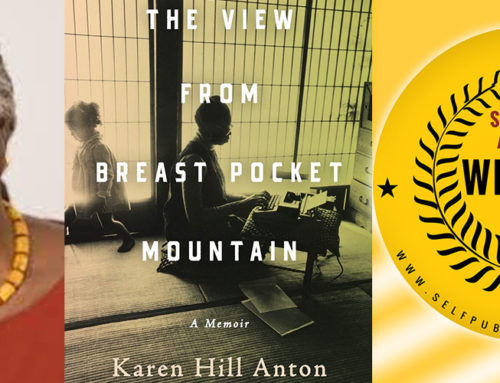
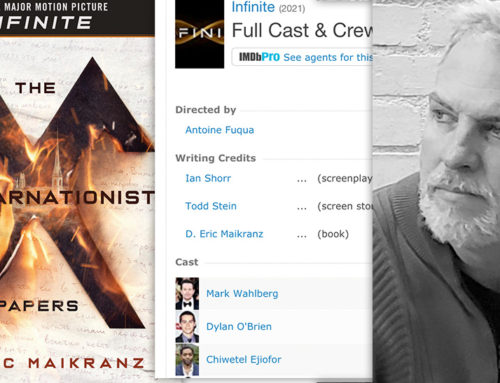



Excellent article. I am due to release my first two novels as e-books shortly and never considered this for a second.
You make good points about missed opportunities in digital editions. Accustomed to browser-based interactivity, ebooks seem inert by comparison. Part of the problem lies in the still young market and the simple fact the book publishers have never had to get their arms around technology (compare the first couple of iterations of your favorite newspapers or magazines with what you’ll find today for a reference point).
The other challenge is that the ebook file formats, EPUB and mobi, are not as rich and versatile as HTML and PDF. The e-publishing association, the IDPF, has just released a new specification EPUB 3, which affords far richer digital interactivity. It will take some months but by this time next years you should find a far impressive reader experience in the digital books you license.
Your post is meant well, but the fact is that in order to make a book like that all-inclusive, it would take almost another month to interlink the books. I prefer to post one link, to my web site, and if people want to look stuff up they can just as well go on Wikipedia and see it. There are other readers who don’t really care how much interactive extras there are and would rather read the ebook itself, not try to navigate the network of links. Cut us some slack, Jack.
James, I think Theresa makes a good point. You and I would click on a lot of the links you describe. But I’ve heard a lot of readers (of fiction especially) just want to read the book and not be distracted by the scholarly links. I guess they see the links and think, “I must click on this,” instead of what I think: “I may click on this if I’m really curious about it. And thanks to the author for providing it, even if it’s only a shortcut to Wikipedia.”
Thanks Theresa and Ron for your comments. Theresa, I agree with you about the time and effort required to render an ebook. Maybe not an extra month but a fair amount of extra time.
Also I think the author’s website should play an important role in the reading experience. The author’s website URL missing from the ebook version of the Elizabeth 1 book is a major omission. That should have been rendered into the ebook when the publisher produced the TOC and inserted their live web link.
Information at the end of a book is not a new concept. Information like footnotes, references, terms and character descriptions has been a part of Traditional books for a very long time. Rendering to this information with in-book links is a much quicker and more efficient method then paging to the end of the ebook and looking for the information.
In-book links have some distinct advantages over Internet links in an ebook.
1. You do not have to be on-line/connected to access the information.
2. They provide a quick read of the additional information and ‘back’ you go to the content.
3. In-book links are never broken. They will be there as long as the ebook is digital.
Theresa and Ron, I can see your point. There are some types of ebooks that should be rendered and some that should not. (Novels vs Non-fiction) In the end the author should control what they want to provide the reader. If the author decides that links in their ebook will distract from the story, they should not include them.
But if the author has an ebook filled with reference numbers and footnotes, they need to make the access to that information a more efficient process.
For example, the book ‘Reclaiming History’ by Vincent Bugliosi is a very large book. Its bibliography is over 22 pages long. The hardcover had so many endnotes and source notes, the author included them on a CD inserted in the front of his book. These items could be handled easily by rendering the ebook version with in-book links.
Jim thanks for the comment. Good luck with your ebooks. Summaries of other books you have written linked to the back of your ebook with internet links to your website or to your buy pages could help you also. Most of the traditional authors give the reader a sneak peek at books to be published. Same concept.
Thanks for your comment Thad. I am just trying simply as I can to let the ebook authors and self-publishers know with little or no effort they can take advantage of the digital platform.
I can see us in a year having this same conversation and trying to judge how many changes have been made to the ebook experience in that 12 month period. I can hardly wait. I subscribed to your blog today.
It’s a question of where you draw a line. An ebook should contain everything that is in the paper book but no more. If there are notes then they should be linked in a convenient way but adding extra information that is not in the paper book but easily available on the web shouldn’t be in the ebook. Otherwise if you take that to its logical extreme then an ebook should include a dictionary for those readers with a limited vocabulary. Perhaps the book on the Tudors in hardback should have included a glossary of lesser-known figures, but it’s omission in hardback would be the issue there, not its potential inclusion in ebook. Just because it’s digital that doesn’t make it a dumping ground for all manner of extraneous material that wasn’t thought necessary for the print edition. But I agree that some thought should be given to the best organisation of the included material.
I think part of the attraction of ebooks is the ability to add information relevant to the texts without having to add to the size of the physical book. You are merely adding to the size in memory on the ereader and memory is cheap whereas paper/publishing is not.
An ebook _should_ be more complete. Joel, in your example the omission of lesser-known figures in the Tudor book is exactly the kind of enhancement that ebooks should be published with.
Joel. Great comment. I agree the content should match the hardcover version. I still go with the publisher not making an effort in the ebook conversion process. Again this book was over 700 pages long so additional information would have added to the cost of their production.
But not including author’s web address with a live link, I think is a serious omission. Ebook only books present a different opportunity. Now we are talking about the original and it’s up to the author to fill in the blanks if they wish.